California Teachers of the Year are recognized for their excellence, including their ability to engage and expand young minds, and inspire colleagues and community. Who better to tap for back-to-school insights than the class of 2018? We asked Jaime Brown, Kirsten Farrell, Gregory Gardiner, Brian McDaniel and Erin Oxhorn-Gilpin to tell us what has helped and worked for them on their journeys as educators.
The path, they all note, is not without obstacles, but rewards are great. “Teaching is a roller coaster,” says McDaniel. “Twists, turns, sudden drops and breakdowns are to be expected. But like all great attractions, teaching should bring endless joy. So sit back, smile, and enjoy the ride!”
Class of 2018
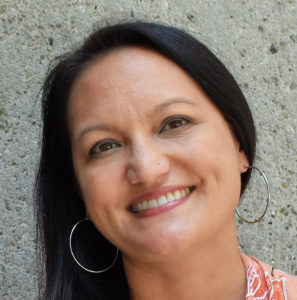 Jaime Brown, San Diego Education Association, San Diego High School of International Studies
Jaime Brown, San Diego Education Association, San Diego High School of International Studies
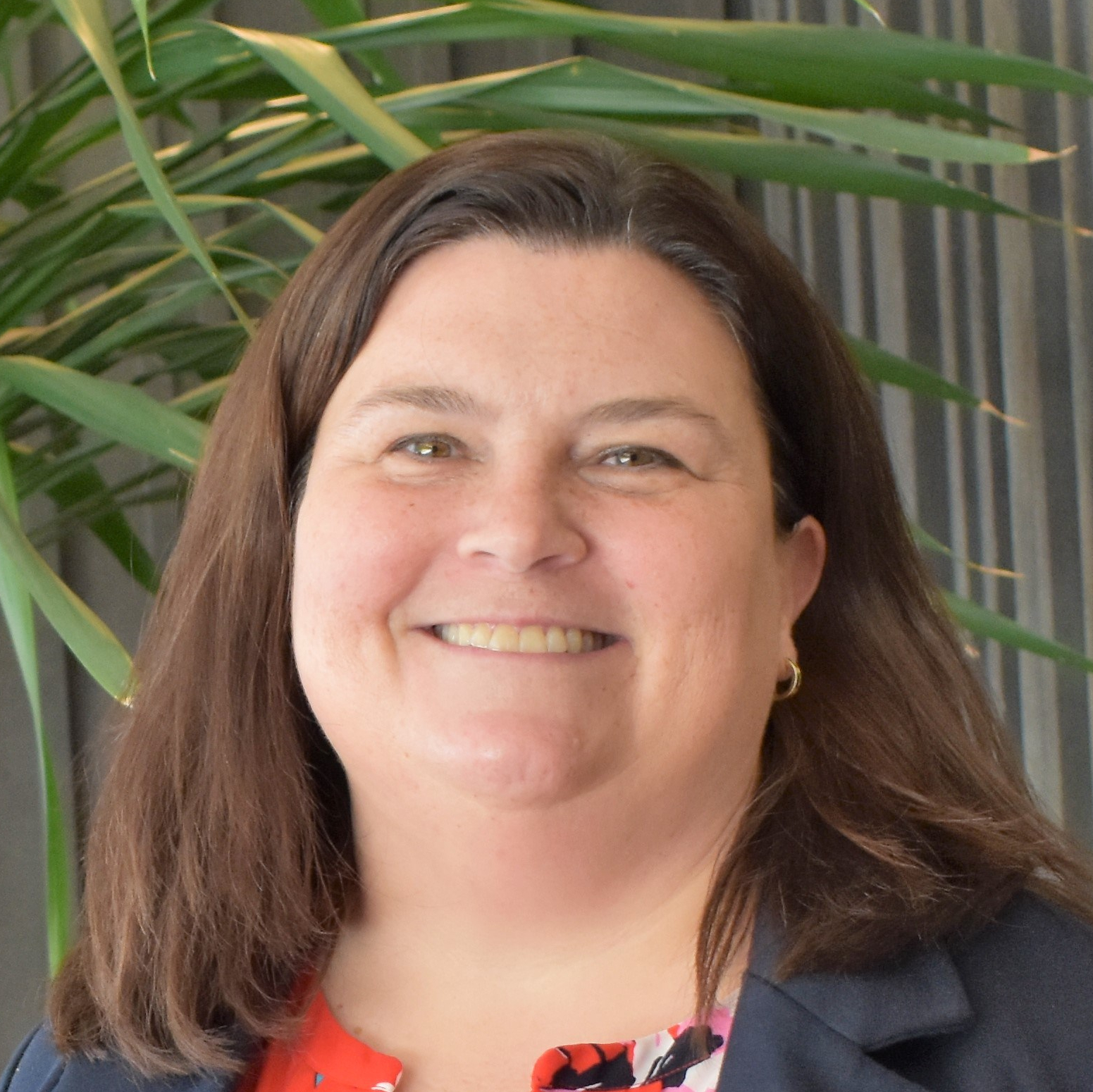 Kirsten Farrell, United Teachers Los Angeles, Venice High School
Kirsten Farrell, United Teachers Los Angeles, Venice High School
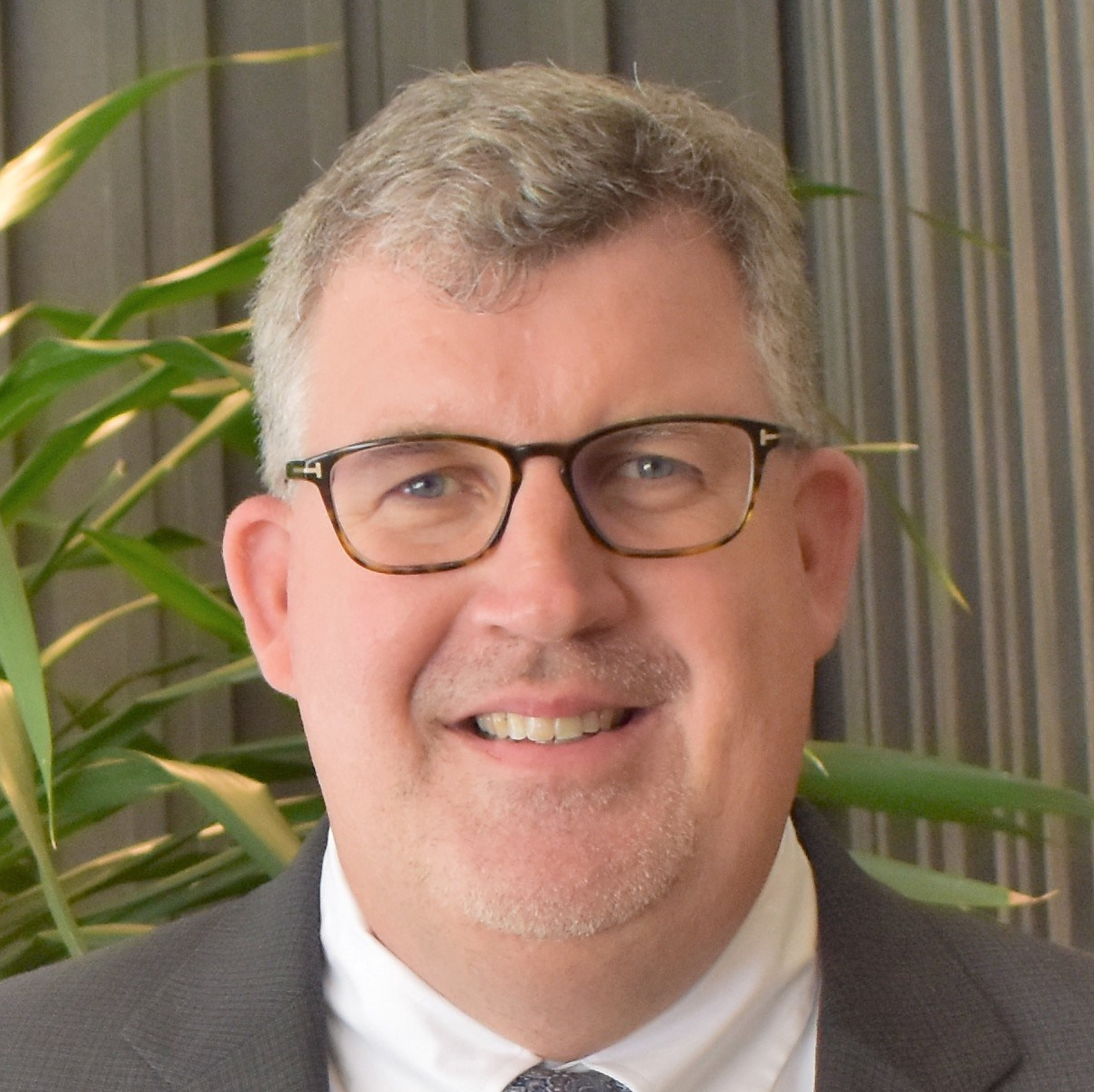 Gregory Gardiner, Huntington Beach UHSD Educators Association, Edison High School
Gregory Gardiner, Huntington Beach UHSD Educators Association, Edison High School
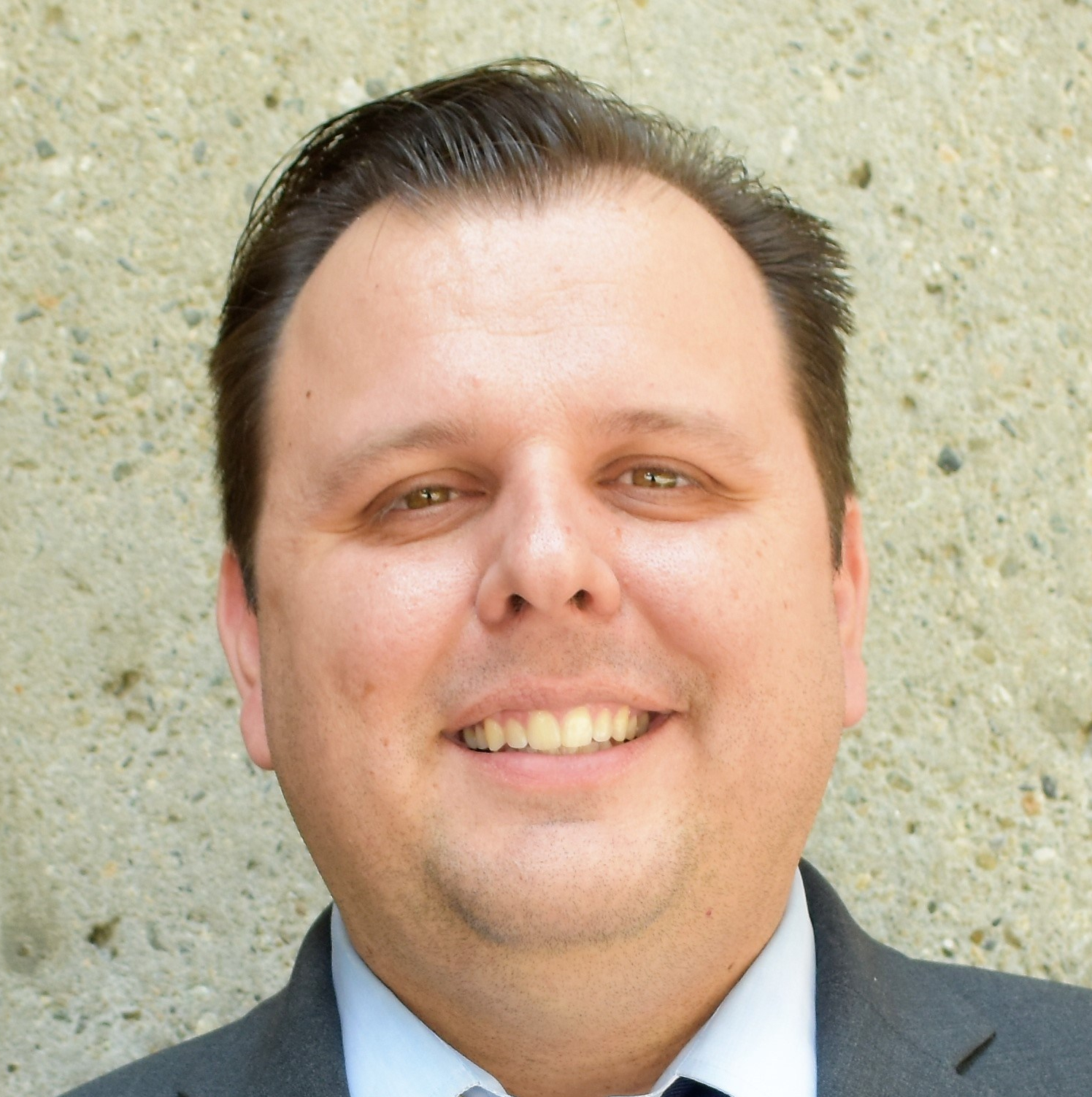 Brian McDaniel, Palm Springs Teachers Association, Painted Hills Middle School
Brian McDaniel, Palm Springs Teachers Association, Painted Hills Middle School
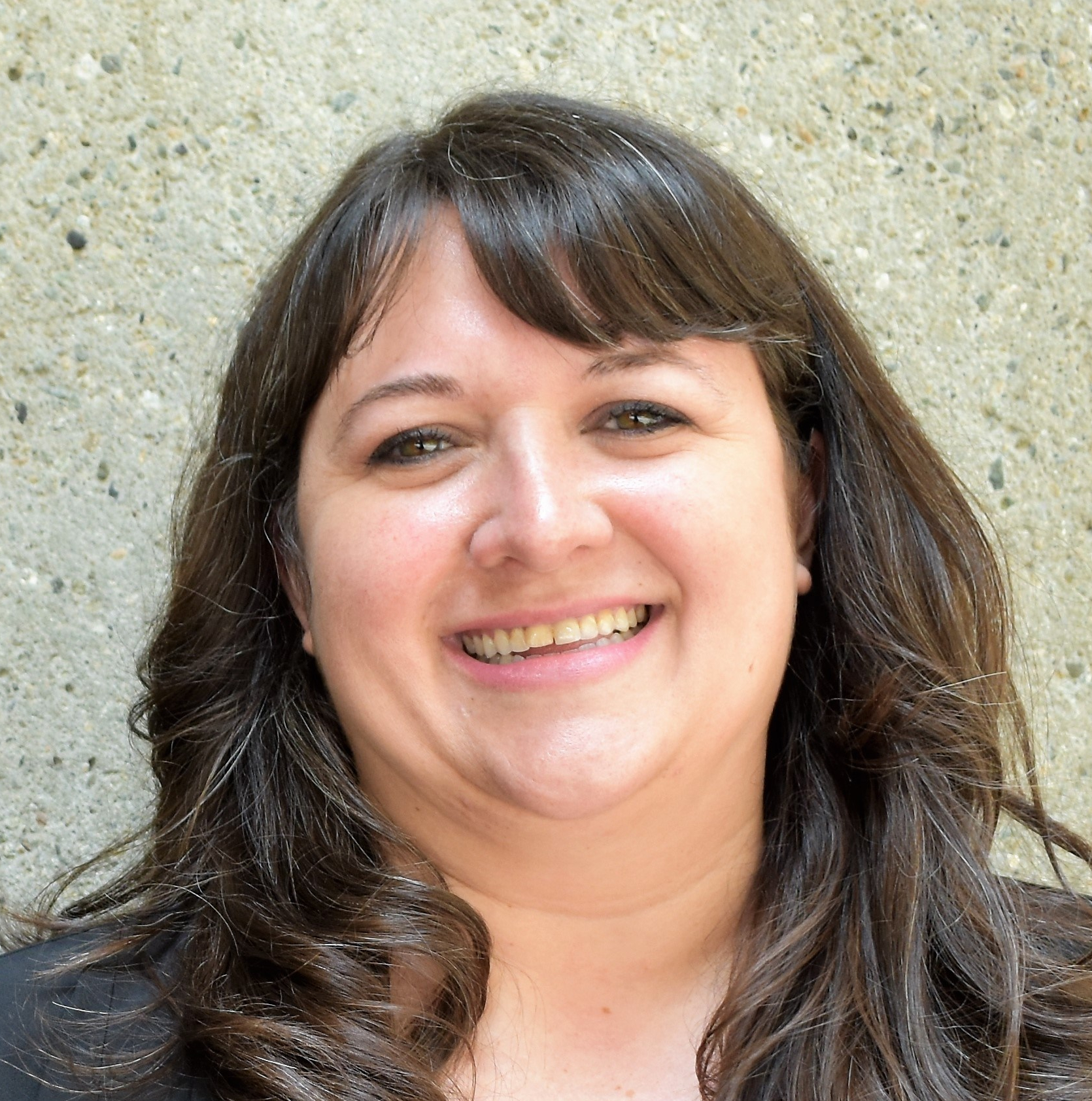 Erin Oxhorn-Gilpin, Castaic Teachers Association, Northlake Hills Elementary School
Erin Oxhorn-Gilpin, Castaic Teachers Association, Northlake Hills Elementary School
Why I love teaching
Farrell: Teaching can be messy, emotional, exhausting and frustrating. It is also filled with the greatest joys. The fact that teaching is a never-ending adventure is why I love my job every day.
Gardiner: I love science. I love building stuff and finding out why and how. I love seeing students figure something out — seeing the joy, pride and excitement when a student builds something in our Innovation Labs and it works.
Oxhorn: I get to be there for firsts! I get to celebrate with students as they learn foundational skills that they will carry for a lifetime. Knowing I have a direct impact on my students and the betterment of our future is a gift I don’t take for granted.
McDaniel: I live for the moments where you can see the transfer of knowledge manifest within the glow of a child’s eyes. The central motivation of all teachers should be the growth and development of students in our care. If you don’t love them, you cannot reach them. If they don’t love you, they cannot learn.
Brown: It’s the students — seeing them improve over the course of the year, take on a challenge, find their voices. I especially love hearing from former students.
Managing classrooms and students
Oxhorn: Teaching involves looking at the whole child because students all have varying backgrounds, strengths, weaknesses and interests. When teachers develop relationships with students, they build the foundation for a classroom where students feel successful and teachers can fuel their passion for learning.
Farrell: Mutual respect between a student and a teacher will go a very long way in reframing a challenging student. If that student feels valued, they will move mountains. When working with students on a wide range of levels, fellow students can offer some of the best insight and clues to help their peers. Some of my best “tricks” have been taught to me by a student.
Brown: I recommend Mental Health First Aid training. It provides a protocol for dealing with students in distress, and I found it very empowering.
Gaining skills, honing expertise
Gardiner: Build and maintain strong collaborations with colleagues. Ask questions. Accept support. Offer support. Plan your day, your week, your month. When you have a thorough plan (activities, assessments, lesson plans, group management, etc.) that shows you where your students need to be, you are prepared to support student learning despite what emergency may arise.
Keep learning. Attend classes and professional development seminars, and create teacher learning groups on-site to up your teaching chops.
McDaniel: Try, try and try. As a professional educator, I have failed more times than I have succeeded. However, once I find a successful strategy, I use it everywhere I can. The secret to being a great teacher is to never stop trying.
Go to professional conferences in your field. There is always something to learn and a new colleague to meet.
Brown: Join subject-specific networks like NCTE (National Council of Teachers of English) so you have access to articles that help you stay up-to-date with related teaching approaches. Also, my greatest resource is my colleagues, both on campus and those I collaborate with online.
Building bonds with colleagues
Brown: Invite colleagues into your classroom so they can give you feedback and share ideas. An open-door policy shows you want to improve your craft and builds trust — a great foundation for creating meaningful friendships at work. Being able to brainstorm approaches to a challenging situation or reflect on lessons with colleagues has helped me become a better teacher.
Oxhorn: It is crucial that routine collaboration with colleagues occurs — it reinforces that we are all part of a community that continues to do what is best for kids. The opportunity to discuss new ideas and learn from one another is an important factor in building relationships.
McDaniel: A smile goes a long way on a bad day and positivity attracts more positivity. I start my teaching day by checking in with my teacher friends. Most days we chat about the new lessons or the outcome of a unit. However, there are other days where one of us needs to sit and listen for a minute to refocus. Find a friend who can bring out the best in you and your teaching.
Making it through the year, and beyond
Farrell: Have limits, know your boundaries. As educators, we often feel as if we must give 100 percent, all day, every day, even when not on campus. You have to make time for self-care. Be your own cheerleader and practice positive self-talk. Our students need us to set the example in this manner as well.
Be authentic, build relationships with students and colleagues, be organized, listen to students, take chances, and do not be afraid to fail.
Oxhorn: To maintain excitement for learning and teaching, I incorporate lessons that are hands-on and the highlight of our day. When I am excited about our daily learning, so are my students. The mutual level of enthusiasm is energizing for everyone.
Brown: Keep a “Why I Teach” drawer/box in your room. Fill it with notes you receive from students, photos, student work that makes you proud, and — this is key — chocolate! When you’re feeling overwhelmed, take a moment to look through the drawer so you can ground yourself with renewed purpose.
I’ve learned to create and maintain a better sense of balance between my teacher life and family life. If my batteries aren’t full, I can’t be the best teacher I can be for my students.
McDaniel: Make yourself a priority. Every Wednesday night I spent two hours treating myself to a back massage, sushi, and picking up a few books. My midweek reprieve is what I need to stay upbeat.
Sources for ideas and inspiration
Gardiner: The site I frequent most is Buck Institute for Education (bie.org), for project-based learning ideas on engaging students by having them come up with their own driving questions. Another is Defined STEM (definedstem.com), a project-based learning program from all areas of science.
Farrell: Instagram! The community of teachers that exist on social media is pretty spectacular. There are tons of ideas, from colorful classrooms to ingenious lessons, to ways to be cost-efficient, to fabulous support.
McDaniel: Find other teachers who are successful in what you are interested in. My friend Michael Soskil, 2018 Pennsylvania Teacher of the Year and co-author of Teaching in the Fourth Industrial Revolution, is a fourth- and fifth-grade science teacher who connects his students to the world using technology. He will spend hours with me discussing pedagogy, instruction and philosophy with the goal of improving both of our teaching practices. Having a partner will keep you in the classroom with new ideas to explore.
The Power Elite by C. Wright Mills helped me understand organizational structures and provided insight on how to navigate the educational and political terrain. My absolute favorite book on student motivation is The Motivation Breakthrough by Richard Lavoie.
Oxhorn: My most recent inspiration stems from author and Stanford University professor Jo Boaler and her approach to how mathematics should be taught in combination with developing a growth mindset. I am passionate about teaching my students to have grit, and I model for them that I am also developing a growth mindset.
Hardest thing I’ve done in my career
Farrell: Having faith in myself and trusting my own gut. Even today, I can second-guess myself and wonder if I am doing it right. However, when I go with my first instinct, I usually have the best lessons.
McDaniel: Stepping into a classroom midyear after an excellent teacher had to take a leave of absence. The first few days were based on learning the environment and survival. Once I got my sea legs, I ever so slightly started turning the wheel toward my ideal teaching situation. Change is easier to accept when it is done gradually and purposefully.
I eventually won over the students and the real learning was able to begin.
Brown: The hardest thing was having to go through my divorce while still showing up to work each day and being a strong teacher. Teaching isn’t a job where you can have a bad day and hide in a cubicle — the show must go on! I learned that asking for help is not a sign of weakness, and I was able to overcome this challenge with support through therapy and my family, friends and teacher buddies.
During this time, I also adopted a Japanese phrase from my maternal grandmother as my personal mantra: “kodomo no tame ni” — “for the sake of the children.” When I need to make an important decision at home or at school, I revisit this phrase to think about what would be best for my own children and for my students.
Most rewarding thing in my career
Oxhorn: Three years ago, I started the year teaching kindergarten. [The following years, including 2018-19, I looped with many of them into the next grade.] I have been given the gift of time with them, allowing me to watch them grow into readers, writers and thinkers. Our classroom truly feels like family.
Farrell: It is easy to forget that at its very purest form, teaching is about relationships — with students, colleagues, parents and administration. Good relationships bring tremendous rewards. The text
I received from a former student about to leave for deployment saying thank you — those are the kinds of rewards I cherish the most.
Gardiner: This is also the hardest thing I’ve done: create, maintain and grow my hands-on, minds-on, project-based cross-curricular STEM program that affords our students opportunities to build real-world STEM projects and directly experience sustainable practices in our Innovation Labs and beyond.
We must have consistent support from our districts to do this work. Public education and public school teachers must have support and funding from our federal government. We must prioritize great public education for today and for tomorrow.
McDaniel: The brightest spot was leading my students to a California State Marching Band Championship. They were committed to win and would show up for practice at 5:30 a.m. every morning before school started. They would practice after school until 7 p.m. most nights. Their passion and determination were contagious. Winning that championship transformed our entire community culture and made those students legends!
Brown: Getting to work alongside my former students! We have several generations of teachers at San Diego High, and three of my former students are now my colleagues.
Navigation
Follow the links below to see the other parts of the 2018 “Back to School” feature section.
Back to School: How to Motivate Your Students
Back to School: A Great Ride
Back to School: On Trend in the Classroom
Back to School: Pro Tips
Back to School: Rules and Routines
The Discussion 0 comments Post a Comment